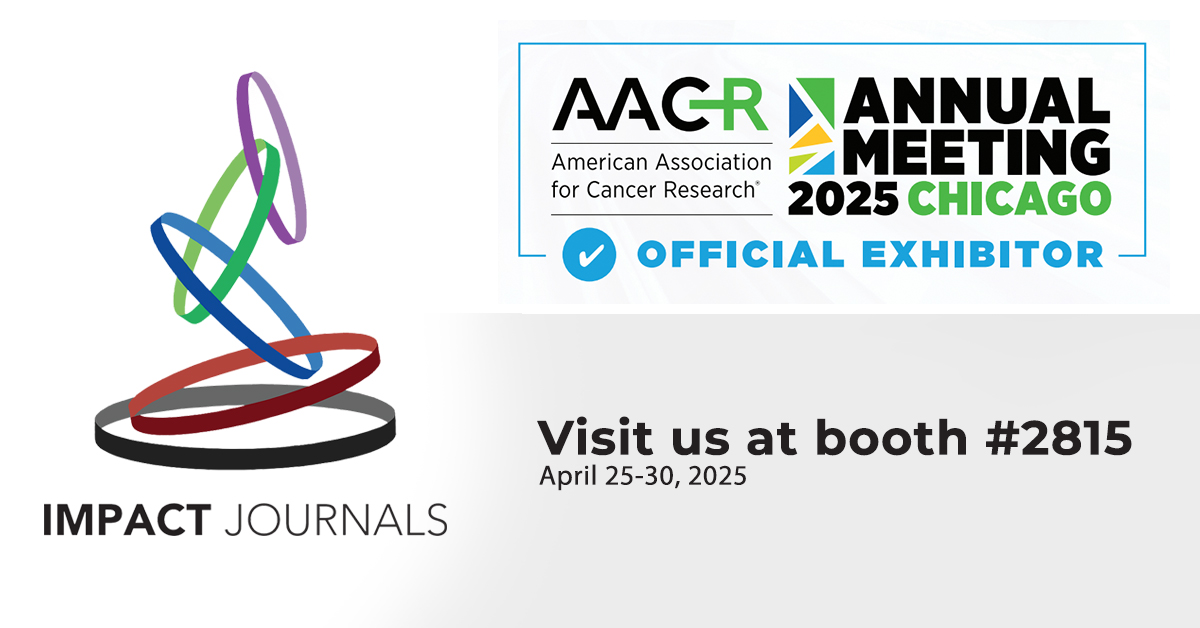Case Reports:
A case report of donor cell–derived hematologic neoplasms 9 years after allogeneic hematopoietic cell transplantation
PDF | Full Text | How to cite | Press Release
Metrics: PDF 494 views | Full Text 1111 views | ?
Abstract
Aleksandra Mroczkowska-Bękarciak1 and Tomasz Wróbel1
1 Department and Clinic of Hematology, Cellular Therapies and Internal Medicine, Wroclaw Medical University, Wroclaw, Poland
Correspondence to:
| Aleksandra Mroczkowska-Bękarciak, | email: | [email protected], |
| ORCID: | orcid.org/0000-0002-8837-6517 |
Keywords: hematology; donor cell-derived hematologic neoplasms; genetics
Received: August 03, 2024 Accepted: January 21, 2025 Published: February 05, 2025
ABSTRACT
Background: The treatment of blood cancers has been revolutionized by hematopoietic stem cell transplantation. Owing to this method, we are able to effectively treat most blood cancers. However, in some cases, one of the greatest problems is the risk of relapse. Most often, relapse of the disease manifests itself as cancer cells with the same characteristics as the primary cancer. Nevertheless, a very small percentage of patients develop other blood cancers from donor cells. Donor cell-derived hematologic neoplasms are extremely rare complications that arise after hematopoietic stem cell transplantation.
Case presentation: In this study we described a patient who underwent hematopoietic stem cell transplantation due to acute myeloid leukemia and subsequently developed triple-negative myeloproliferative neoplasms with mutations in the ASXL1, SETBP1 and EZH2 genes 9 years later. Over the next two years, the disease progressed and MDS/AML developed. Unfortunately, the patient died during induction therapy.
Conclusions: Donor cell–derived hematologic neoplasms are rare but significant complications after HSCT. Early diagnosis and intervention are crucial to improving patient prognosis. Further studies are needed to better understand the pathogenesis of this condition and develop more effective therapeutic strategies.
 All site content, except where otherwise noted, is licensed under a Creative Commons Attribution 4.0 License.
All site content, except where otherwise noted, is licensed under a Creative Commons Attribution 4.0 License.
PII: 28686

